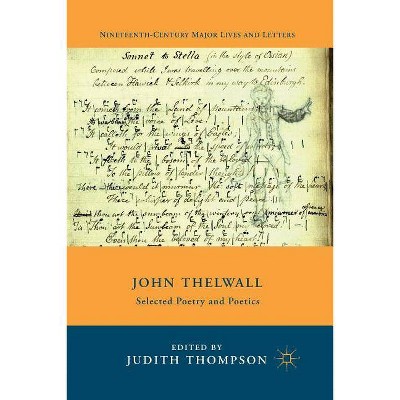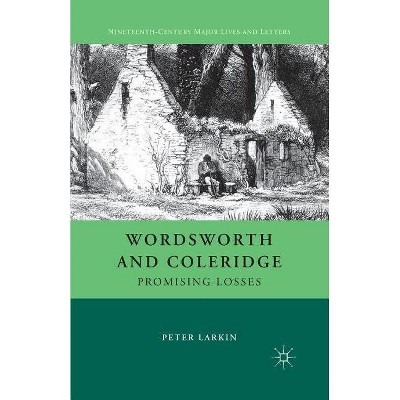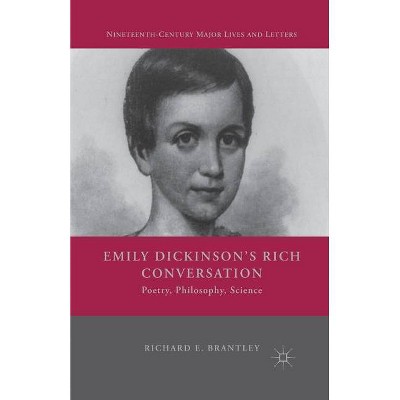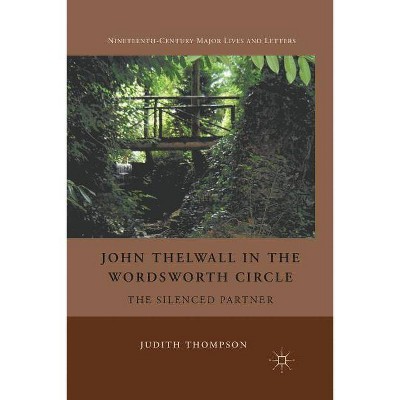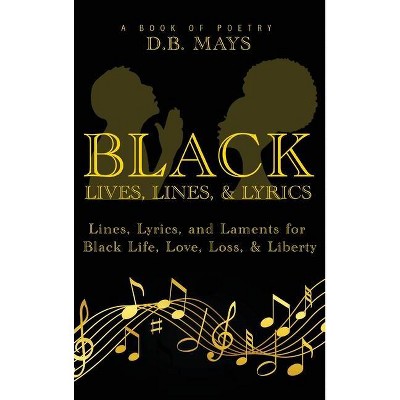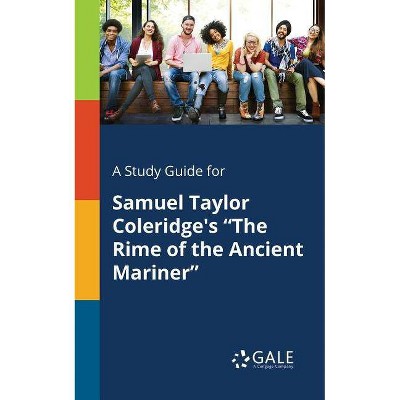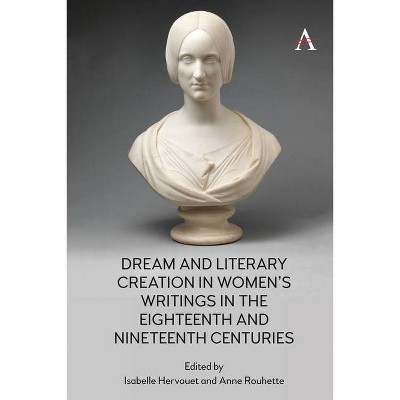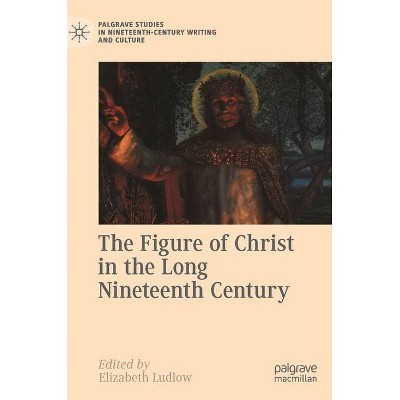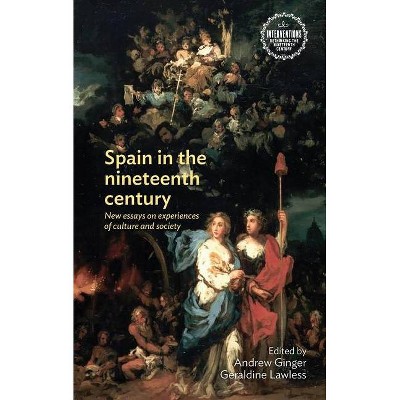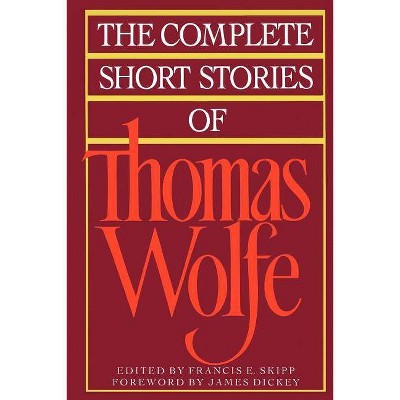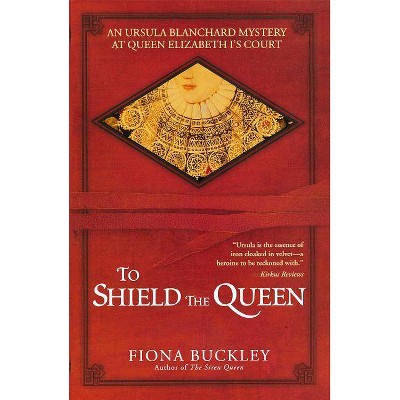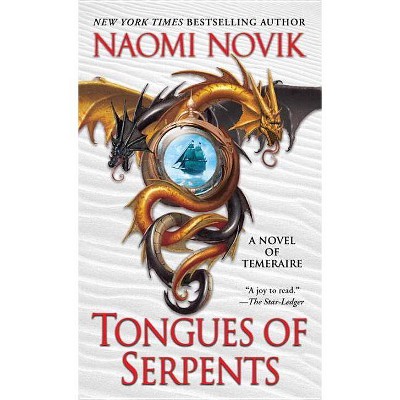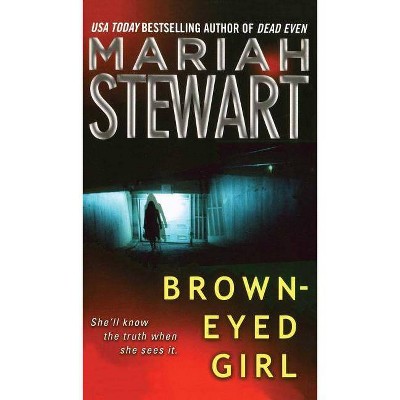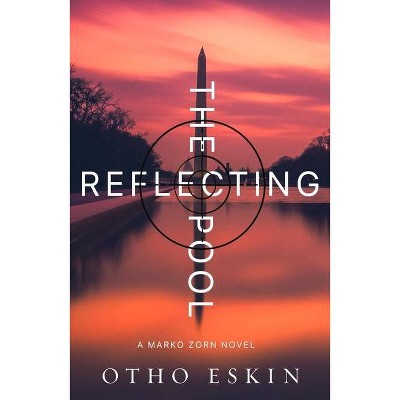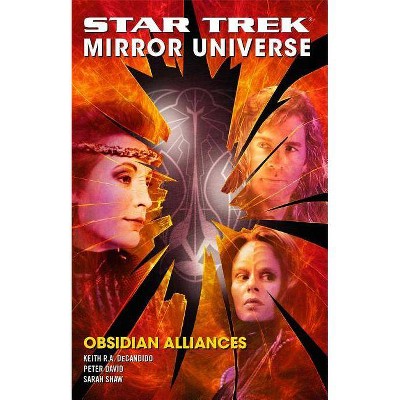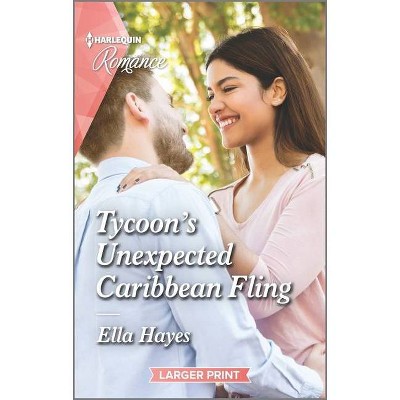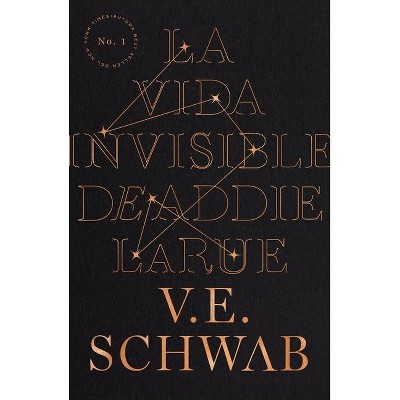Coleridge's Ancient Mariner - (Nineteenth-Century Major Lives and Letters) by J C C Mays (Hardcover)
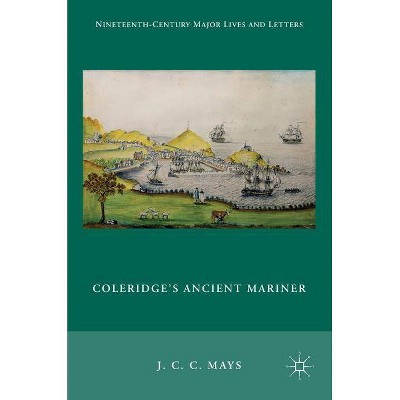
Similar Products
Products of same category from the store
AllProduct info
<p/><br></br><p><b> Book Synopsis </b></p></br></br><p><b>CONTENTS</b></p><p> </p><p><i>Preface</i></p><p> </p><p><i>Abbreviations and References</i></p><p> </p><p>1 Taking Bearings, Setting a Course</p><p><i> what, when and why</i></p><p><i> peculiar distractions</i></p><p><i> almost like a subplot</i></p><p><i> and further</i></p><p><i> ideal core of the onion</i></p><p><i> neither sheep nor goats</i></p><p> </p><p>2 What Does the Poem Do?</p><p><i> odds</i></p><p><i> simply</i></p><p><i> ballad</i></p><p><i> words</i></p><p><i> shape</i></p><p><i> pictures</i></p><p><i> mix</i></p><p><i> so what</i></p><p> </p><p>3 As a Poem of the Imagination</p><p><i> return to source</i></p><p><i> sensible and intelligible worlds</i></p><p><i> touching Reason</i></p><p><i> consequences</i></p><p> </p><p>4 Wordsworth as Collaborator and Contributor</p><p><i> seeds</i></p><p><i> early collaboration</i></p><p><i> the third attempt</i></p><p><i> a different direction</i></p><p><i> and sudden surprise</i></p><p> </p><p>5 The Shadow Cast by Wordsworth</p><i> the pairing</i><p></p><p><i> welcome to Town End</i></p><p><i> counter-statement</i></p><p><i> further reformulations</i></p><p><i> legacy</i></p><p> </p><p>6 Revision, Gloss, Choice</p><p> <i>variants, versions, phases</i></p><p><i> the 1800 version</i></p><p><i> the 1817 version</i></p><p><i> gloss</i></p><p><i> &<p/><br></br><p><b> From the Back Cover </b></p></br></br><p>This is the first book-length study to read the "Ancient Mariner" as "poetry," in Coleridge's own particular sense of the word. Coleridge's complicated relationship with the "Mariner" as an experimental poem lies in its origin as a joint project with Wordsworth. J. C. C. Mays traces the changes in the several versions published in Coleridge's lifetime and shows how Wordsworth's troubled reaction to the poem influenced its subsequent interpretation. This is also the first book to situate the "Mariner" in the context of the entirety of Coleridge's prose and verse, now available in the Bollingen Collected edition and Notebooks; that is, not only in relation to other poems like "The Ballad of the Dark Ladiè" and "Alice du Clós," but also to ideas in his literary criticism (especially <i>Biographia Literaria</i>), philosophy, and theology. Using a combination of close reading and broad historical considerations, reception theory, and book history, Mays surveys the poem's continuing life in illustrated editions and educational textbooks; its passage through the vicissitudes of New Criticism and critical theory; and, in a final chapter, its surprising affinities with some experimental poems of the present time. <br></p><p><br></p><p/><br></br><p><b> Review Quotes </b></p></br></br><br>"All present and future readers of Coleridge's poetry will be indebted to Mays for having so thoroughly and incisively taken the measure of the language of Coleridge's poetry ... ." (Charles Mahoney, Studies in Romanticism, Vol. 58 (1), 2019)<br><p/><br></br><p><b> About the Author </b></p></br></br><p>J. C. C. Mays is Professor Emeritus of English and American Literature at University College Dublin, Ireland.</p>
Price History
Price Archive shows prices from various stores, lets you see history and find the cheapest. There is no actual sale on the website. For all support, inquiry and suggestion messagescommunication@pricearchive.us
